6 min. read
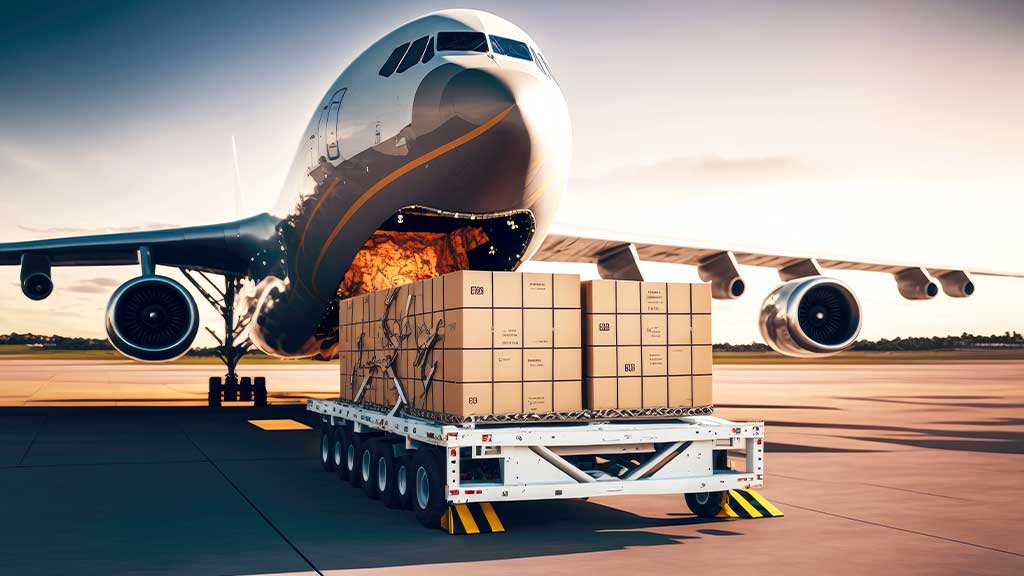
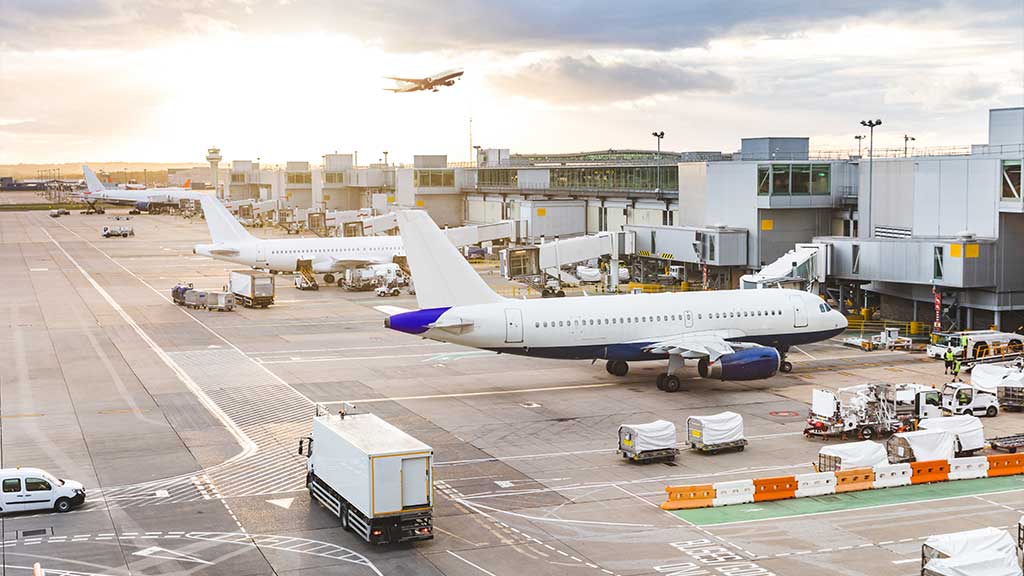
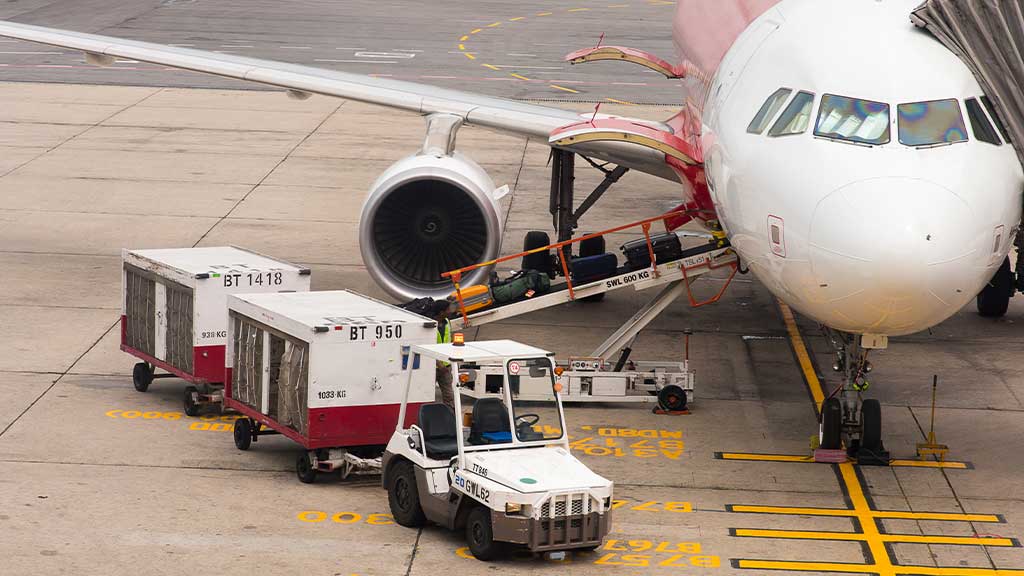

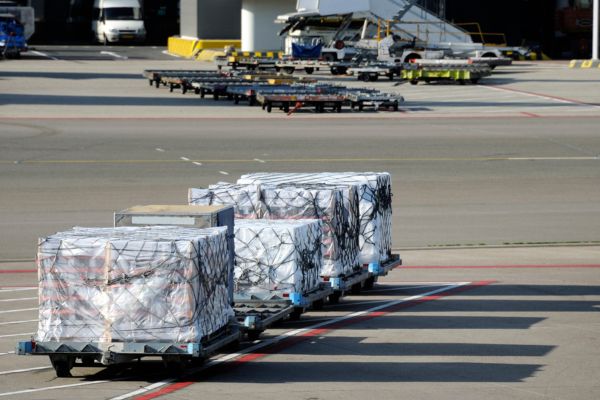

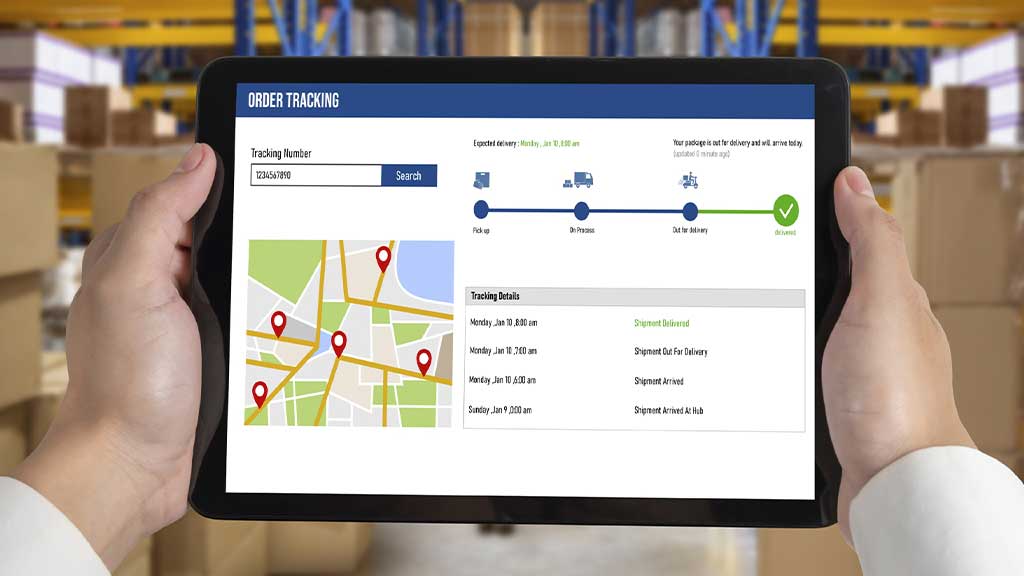

Air Freight Direct Vs. Consolidated
With the world steadily turning into a global village, shipping your products by air to international destinations could be an effective way for a business to expand its operations. But what should you choose between direct and consolidated shipping? Let’s have a detailed look at the differences and benefits of these shipping methods to help you make a decision-
What is Direct Air Freight?
Direct air freight, as the name suggests, is a process through which your goods or products are directly shipped to the customers. The method generally does not have involvement of intermediaries like wholesalers, distributors, or retailers. You ship the product via direct air freight and it directly reaches your customer.
One of the most significant benefits of direct shipping is the speed as the goods are directly delivered to the customers. As faster shipping time has become increasingly crucial in the e-commerce industry, many such businesses now rely on direct air freight to deliver the products to their customers at the earliest. Even many drop-shipping companies now use the direct shipping method.
Example
Let us consider an e-commerce company, located in the US that wants to urgently ship a smartphone to a customer in New Zealand. The business selects direct air freight and books a dedicated cargo space in the aircraft going to New Zealand with zero intermediate stops.
The aircraft reaches the nearest airport to the customer’s location and the smartphone is delivered to the customer as quickly as possible.

What is Consolidated Air Freight?
With consolidated air freight, multiple shipments are consolidated into a single shipment and delivered to a single or multiple locations. While this method is not the most time-efficient, it is generally known to be cost-effective, especially when a business deals with smaller cargo loads and does not require the entire loading space of the aircraft to ship the products.
The consolidated air freight method is more popular among logistics companies and freight forwarders who work as intermediaries between a business and its international customers. Apart from cost savings, the consolidated shipping method ensures maximum utilization of the cargo space, benefiting the carrier and the shipper.
Example
For the example of Consolidated Freight Shipping From the UK, let us assume there are multiple small businesses in the US wanting to ship their goods to New Zealand. Rather than booking dedicated cargo spaces in an aircraft, they contact a freight forwarder to consolidate their cargo.
So, the Consolidate freight forwarding company will consolidate multiple small shipments into one and send the same to a hub like New York Airport in the US. From there, the shipment is sent to a hub like the Auckland Airport in New Zealand. The shipment is then unpacked and the goods of every US business are sent to different destinations.
Air Freight Direct Vs. Consolidated Comparison
Here’s the air freight direct vs. consolidated comparison table to offer a quick overview of their most significant differences-
Direct Air Freight | Consolidated Air Freight | |
Shipping | Individual shipments are sent separately with dedicated cargo space | Multiple smaller shipments combined into one larger shipment |
Cost and Efficiency | More expensive but faster transit times | Highly cost-effective but transit times are longer |
Control and Flexibility | More control over scheduling and routing | Les flexibility in scheduling and routing |
Security and Risk | Lower risk of loss or damage | The consolidation and deconsolidation process make it riskier |
Documentation | Each shipment requires individual documentation and customs clearance | Simplified documentation and customs clearance process |
Tracking | More detailed tracking and visibility | Consolidation makes tracking and visibility less efficient |
Space Utilization | Dedicated space for each shipment | Shared space among multiple shipments |
Customer Experience | More personalized and dedicated experience | More standard experience |
Direct Vs Consolidated Air Freight In Detail Comparison
Now that you know the meaning and benefits of air freight consolidated vs. direct, let’s find out the biggest differences between the two-
1. Shipping Method
When you choose direct air freight, a dedicated space is reserved for your goods on the aircraft and they are directly sent to your customers. There are no consolidation points or intermediate stops between the sender’s and receiver’s locations.
With consolidated shipping, multiple smaller consignments are consolidated into one, and space is reserved for this consolidated shipment. The shipment then reaches a hub from where it is sent to the receiver’s location.

2. Cost
Direct air freight shipping is more expensive than consolidated Air freight shipping. Direct shipping typically involves higher freight charges, high customs, high insurance, and handling costs.
Conversely, consolidated air freight offers a more cost-effective alternative. It has lower freight charges, customs fees, and insurance costs. Consolidated shipments distribute expenses across multiple consignments, resulting in reduced handling costs.

3. Volume
Direct air freight tends to cater to larger shipments or those with specific timing requirements. It’s often chosen for high-value or time-sensitive cargo where the volume justifies the cost of a dedicated flight.
Direct air freight flights might have less frequency compared to consolidated options since they’re tailored to specific routes and schedules. However, major trade routes often have frequent direct flights to accommodate demand.

4. Documentation
Several documents are required, such as the Commercial Invoice, Bill of Lading, Arrival Notice, Certificate of Origin, etc., when transporting your packages directly. Every individual shipment has to follow the documentation and customs procedures. As a result, this method can prove complex and time-consuming, especially for a small business that has recently started using international shipping options.
As multiple shipments are combined into one, the consolidated shipping method is generally known to be less complex. Compared to direct shipping, it needs less paperwork and administrative overheads.

5. Cargo Tracking
The direct shipping method generally offers more detailed tracking capabilities such as checking in on pickup time, in-transit time and delays. Which is Important for any business.
As multiple shipments are combined into one, consolidated shipping does not offer detailed tracking. Thus, it can be challenging for a business to track individual items throughout the shipping cycle.
6. Transit Times
Direct shipping offers unparalleled speed and efficiency. With no stops or delays along the way, your cargo reaches its destination in the shortest possible time, making it ideal for time-sensitive shipments.
Since consolidated shipments involve multiple stops and handling processes, they typically have longer transit times compared to direct shipments. This may not be suitable for time-sensitive cargo or urgent deliveries.
7. Control and Flexibility
Direct shipping offers greater flexibility in terms of scheduling and routing. You have more control over when and how your cargo is transported, allowing you to meet tight deadlines and accommodate changing business needs.
Consolidated shipments may have limited customization options compared to direct shipments. Since your cargo is combined with others, you may have less control over factors like handling procedures and delivery schedules.
8. Security
Direct air freight often involves dedicated flights for your cargo, which means fewer touchpoints and handling compared to consolidated shipments. This can lead to enhanced security as there’s less opportunity for tampering or mishandling.
On the other hand, Sharing space with other shipments increases the risk of contamination or interference from unrelated cargo, which could pose security risks.
What Should You Choose Between Direct and Consolidated Air Freight?
Businesses should carefully consider a variety of factors to make the right selection between air freight direct vs. consolidated. For instance, direct freight offers faster transit times and more controlled scheduling, routine, and tracking, leading to an improved customer experience. However, it is generally more expensive, especially in smaller volumes.
On the other hand, consolidated shipping offers significant cost savings through sharing the cargo space with other shipments. However, it generally involves longer transit times and less scheduling flexibility. As both methods have their pros and cons, businesses should understand their needs and requirements to make the right decision.
And if you’re looking to purchase branded goods online from countries like the US or the UK but the stores don’t offer international shipping, JetKrate can help. We’ve eliminated global shipping restrictions, allowing people to shop for their favorite products from any country without worrying about shipping. Visit JetKrate to know how it works.
FAQs
1. What is a direct air shipment?
Direct air freight is when goods are transported from the origin to the destination without any consolidation or intermediate stops.
2. How to do direct shipping?
For direct shipping, you must book a dedicated cargo space in an aircraft to send your individual shipment.
3. What is better- direct or consolidated shipping?
The right selection between direct and consolidated shipping depends on factors like shipping urgency, budget constraints, and shipping volume.
4. What is the fastest shipping method?
Direct air freight is generally faster as there is no consolidation involved.
5. Which shipping method is cheapest?
Consolidated shipping is often the cheapest option as it allows multiple shipments to share space on the same carrier.
